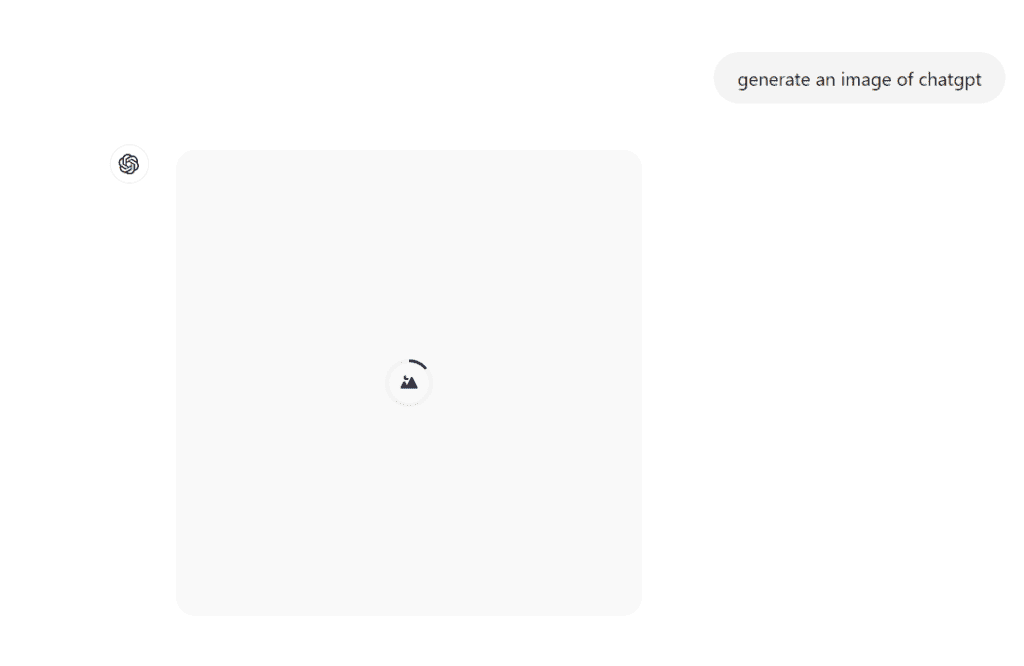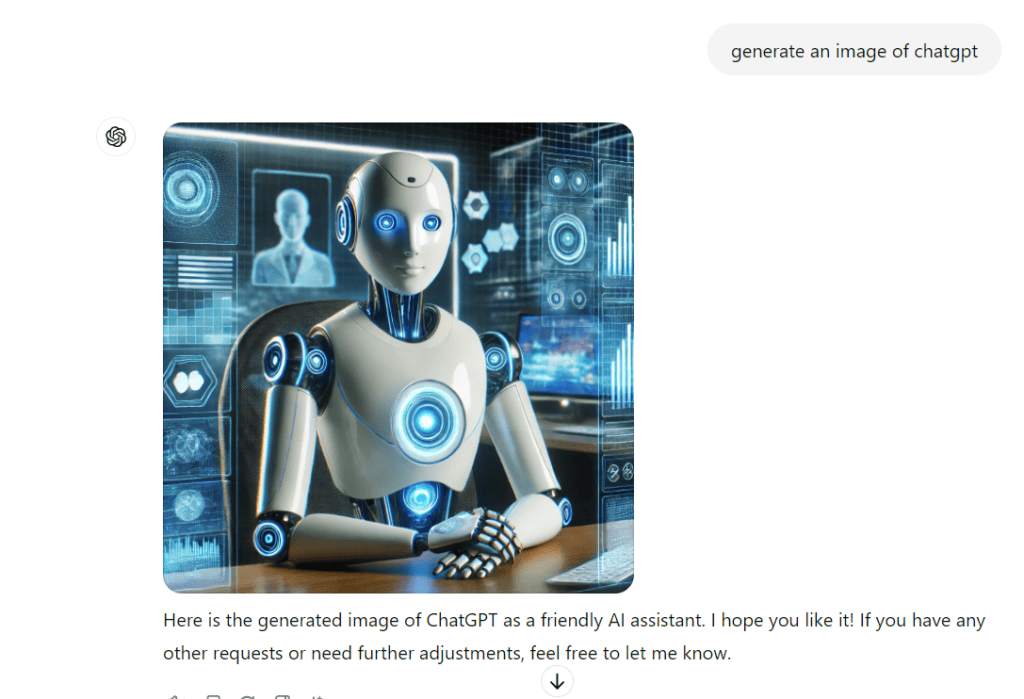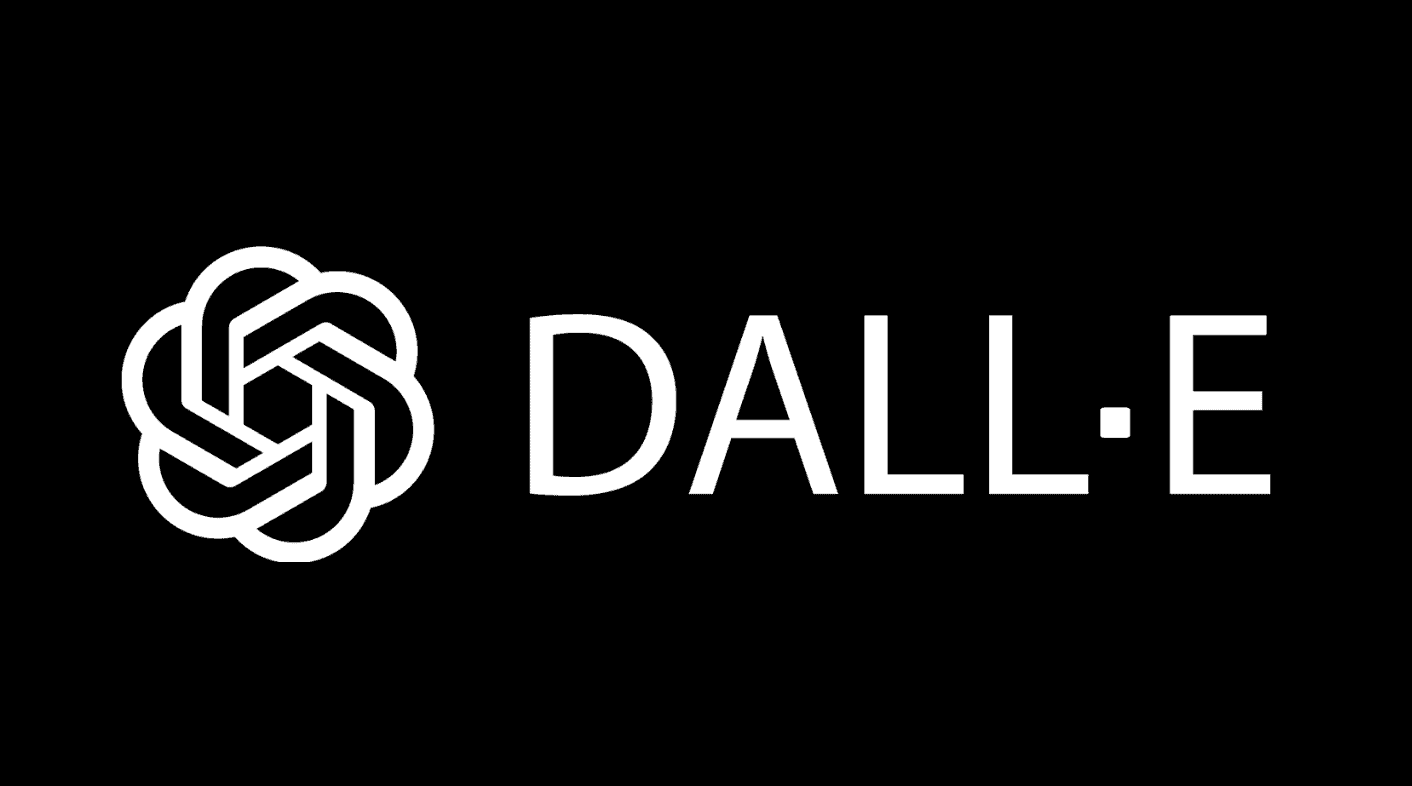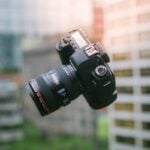ChatGPT image generators are altering how we make and engage with digital images. These tools use artificial intelligence to create images based on text descriptions. Using AI like the DALL·E system, these generators can produce a wide range of visuals. They take text prompts and transform them into unique images, from realistic to imaginary. ChatGPT image generators are changing the way we think about things, making creativity more accessible.
By utilizing AI, these tools allow people and businesses to generate high-quality images from simple text. This article discusses the capabilities of ChatGPT image generators, their benefits, and the potential impact they could have. Whether you’re an experienced artist or new to this, let’s explore the fascinating world of AI-powered image creation. These image generators use advanced algorithms and are trained on large sets of text-image pairs. This enables them to comprehend and visualize many different concepts.

This new technology is not only a technological achievement, but it also impacts various areas, including design, entertainment, and education. As the technology progresses, it will meet the increasing demand for quick and contextually accurate visual content.
Unleashing Creativity: Exploring ChatGPT Image Generators
Understanding ChatGPT Image Generators
ChatGPT image generators harness the power of artificial intelligence to create images from textual descriptions or prompts. These tools bridge the gap between imagination and visual representation, offering a new dimension to content creation.
Key Features and Benefits
| Feature | Benefit |
|---|---|
| Text-to-Image Generation | Transform textual descriptions into visually stunning images. |
| Creative Exploration | Overcome creative blocks and generate unique visuals beyond human capabilities. |
| Customization | Tailor image styles, colors, and compositions to match your vision. |
| Accessibility | No design skills required, making image generation accessible to everyone. |
| Time Efficiency | Create high-quality images in seconds, streamlining your workflow. |
Popular ChatGPT Image Generators
| Platform | Key Features | Notable Aspects |
|---|---|---|
| DALL-E 2 | High-quality image generation, diverse styles, image editing capabilities. | Developed by OpenAI, known for its realism and creativity. |
| DALL-E 3 | Improved image generation with greater accuracy and realism, enhanced understanding of complex prompts, and the ability to follow multi-step instructions. | Currently available to ChatGPT Plus and Enterprise customers, as well as to developers through OpenAI’s API. |

Alternate Options To ChatGPT Generators
| Platform | Key Features | Notable Aspects |
|---|---|---|
| Midjourney | Artistic styles, community-driven prompts, Discord integration. | Fosters a vibrant community of artists and enthusiasts. |
| Stable Diffusion | Open-source model, high customization, active development community. | Offers flexibility and control for tech-savvy users. |

Applications Across Industries
ChatGPT image generators find diverse applications across various sectors:
- Marketing & Advertising: Create eye-catching visuals for campaigns and social media.
- E-commerce: Generate product images and lifestyle shots to enhance listings.
- Education: Develop visual aids and illustrations for presentations and learning materials.
- Gaming: Design characters, environments, and assets for game development.
- Art & Design: Explore new creative avenues and generate unique artworks.
Ethical Considerations
While ChatGPT image generators are powerful tools, their use raises important ethical considerations:
- Misinformation & Deepfakes: Potential for creating misleading or deceptive images.
- Copyright & Ownership: Questions regarding the ownership and attribution of generated images.
- Bias & Representation: Ensuring fairness and avoiding perpetuating societal biases in AI-generated content.
The Future of ChatGPT Image Generation
The future of ChatGPT image generators holds immense potential:
- Increased Realism and Detail: Advancements in AI will lead to even more realistic and detailed images.
- Enhanced Customization: Users will gain greater control over image generation, allowing for highly personalized and unique outputs.
- Integration with Other Tools: Seamless integration with design software and workflows will further streamline the creative process.
- New Applications: We can anticipate novel applications in fields like architecture, fashion, and film production.
Image Generation Functions Of ChatGPT
In its current form, ChatGPT offers various AI image generation functionalities, primarily through the DALL-E model. These functionalities include:
Text-to-Image Generation:
- Generate images based on detailed textual descriptions. The more specific the description, the better the output.
Customization of Image Attributes:
- Users can specify attributes like the size and number of images to generate.
- Users can include specific details to refine the image, such as background elements, colors, and styles.
Adjustments and Modifications:
- Users can request modifications to previously generated images by providing additional details or changes to the original description.
Context-Aware Generation:
- Ability to generate images that match a particular theme, style, or context provided by the user, making the outputs more relevant to the specified needs.
Diversity in Image Outputs:
- Ability to generate multiple images with variations based on a single prompt, offering a range of options to the user.
Restrictions and Guidelines:
- Adherence to certain guidelines, such as avoiding the generation of images based on copyrighted characters or specific modern artist styles.
These functions allow users to create highly customized and contextually relevant images, enhancing the visual component of their projects.
Key Takeaways
- ChatGPT image generators transform text descriptions into digital artwork.
- AI in image generation is advancing creativity and efficiency.
- These technologies are becoming more integrated into various industries.
Exploring ChatGPT Image Generators
Image generators powered by AI, such as DALL-E 3 and GPT-4, have transformed how we create and interact with digital media. This exploration uncovers the mechanics, applications, challenges, and potential future of ChatGPT image generation technology.
Fundamentals of AI Image Generation
AI image generators leverage models like DALL-E and GPT-4 to transform text prompts into visual content. The underlying technology utilizes artificial intelligence to analyze the prompt and generate images that match the description. DALL-E 3, a model developed by OpenAI, brings refined capabilities, producing high-resolution images with impressive accuracy.
Practical Applications and Impact
From marketing materials and product design to mobile app interfaces, AI-generated images provide a boost in efficiency and creativity. Content creators benefit from a simple “enter and generate” method, bypassing traditional hurdles of design. Media companies can produce accurate images swiftly, responding to the accelerating demands for fresh content.
Navigating Challenges and Best Practices
While this technology is promising, it requires careful use. Legal issues around copyright and misrepresentation, as well as ethical concerns linked to race and fidelity, necessitate the adoption of best practices. Ensuring security and the responsible use of AI are imperative to maintain trust.
Future Directions and Innovation
The trajectory of AI image generators hints at a more integrated and sophisticated partnership with human creators. As this technology progresses, we anticipate advancements that will allow for more nuanced interpretations of prompts, improved realism, and a wider range of artistic styles. Future innovations may also address the current operational challenges, such as internet speed dependencies, to make the technology more accessible.
FAQs
How to Generate AI Images Using ChatGPT?
ChatGPT itself doesn’t generate images. It’s a language model that excels at text. However, it can be used to access DALL-E 3, OpenAI’s powerful image generation model. To generate images, make sure you’re using ChatGPT Plus which gives you access to GPT-4 and DALL-E 3. Simply type in a detailed prompt describing the image you want, and ChatGPT will send your request to DALL-E 3, which will then create the image.
What is the Difference Between DALL-E and ChatGPT?
ChatGPT and DALL-E are both created by OpenAI, but they have different functions. ChatGPT is a language model that generates text, translates languages, writes different kinds of creative content, and answers your questions in an informative way. DALL-E, on the other hand, is an image generation model that creates images from text descriptions.
How to Use DALL-E 3 in ChatGPT?
- Subscribe to ChatGPT Plus: DALL-E 3 is currently only available to ChatGPT Plus subscribers.
- Start a new chat: Make sure you are using the GPT-4 model.
- Type your prompt: Describe the image you want DALL-E 3 to generate in as much detail as possible.
- Review the image: DALL-E 3 will generate the image based on your prompt.
- Regenerate or modify: If you’re not satisfied with the result, you can ask for a new image or provide further instructions to modify the existing one.
How Much Does DALL-E 3 Cost?
DALL-E 3 is accessible through ChatGPT Plus, which costs $20 per month.
Who Owns the Copyright of Images Generated by ChatGPT?
The copyright of images generated by DALL-E 3, accessed through ChatGPT, belongs to OpenAI. However, OpenAI grants users the right to use, reproduce, and sell the images for commercial purposes.
Can I Legally Sell Images I Generate with AI?
Yes, you can legally sell images you generate with DALL-E 3. OpenAI grants users commercial usage rights to the images they create.







